I assume that the delay is somehow constant or with small jitter and the signal gets to SPI in good shape.
Updated after OP's observations that SPI communication is not back to back as I assumed so some bits are lost between frames.
Update after Andy's hint, the right solution is to use both BISS sensor and PIC SPI in slave mode and generate two clocks either externally gated by a PIC output or internally using timer output compare, or other way
With both clocks idle in "1" start DMA for SPI receive, start BISS interface clock, pool the ACK bit then start PIC SPI clock. Sampling in the middle will ensure enough hazard margin. The data will be aligned in words, no shifting is needed. The second DMA for dummy transmitting is no more needed.
You can find in the Microchip document about output compare module page 9 how to use the output compare module to generate a clock starting from high level. The speed can be up to 1/8 system clock.
It might be possible depending on the PIC capabilities that the SPI clock pin (input because we use SPI in slave mode) to be driven by using PPS without using another pin and external hardwired connection.
In this case, using software shifting as below, the board can be used without any hardware modification.
Using OP's solution to shift delayed data:
To get reliable readings first thing to do is to change the Data Input Sample Phase bit SMPx to sample the data at the end instead of the middle as i suppose it is. Or in the middle if it is on the end now

(The image has a mistake, the first edge of the "sample at the end" is not an active reading edge.)
It would be better to know by software which sample edge is better to use.
The description is made for SPI slave shifting data on the first falling edge, for the BISS interface that shift ACK on the second rising edge you can make the necessary corrections adding 0.5 Tckh or 1.5 Tckh to the delay.
Put your SPI clock on the highest usable value Ckh (Tckh period), count the bits until ACK arrives, change Data Input Sample Phase bit SMPx send another message and count the bits again.
That will give you a half clock period approximation of the delay. Use that to choose the sampling point for the clock you actually use Ck (Tck period). If the speed you use it's at most half then it's enough.
If the readings have the same number of "1" until ACK then the delay is between(N_ones) x Tckh and (N_ones + 1/2) x Tckk
If the end reading has one more "1" than the delay is between (N_ones + 1/2) x Tck and N_ones+1 x Tck
Back to the clock you actually will use. If a multiply of the clock period Tck touches the delay area then use the sample at the middle, if not than use sample at the end. If you used Ckh more than double then use the sampling time that is most far from the delay area.
Update, corrected the inverted representation of the signal in the text and add some graphic for better understanding
Same number of ones using fast clock, delay between 5 and 5.5 Tckh:
Sampling in the middle using fast clock reads an additional "1". Delay between 5.5 and 6 Tckh. (6 "1" for sampling at the middle not 5 as is in the image)
Using SPI clock, use sampling edge most far from delay area.

The diagrams were made using WaveDorm online editor
